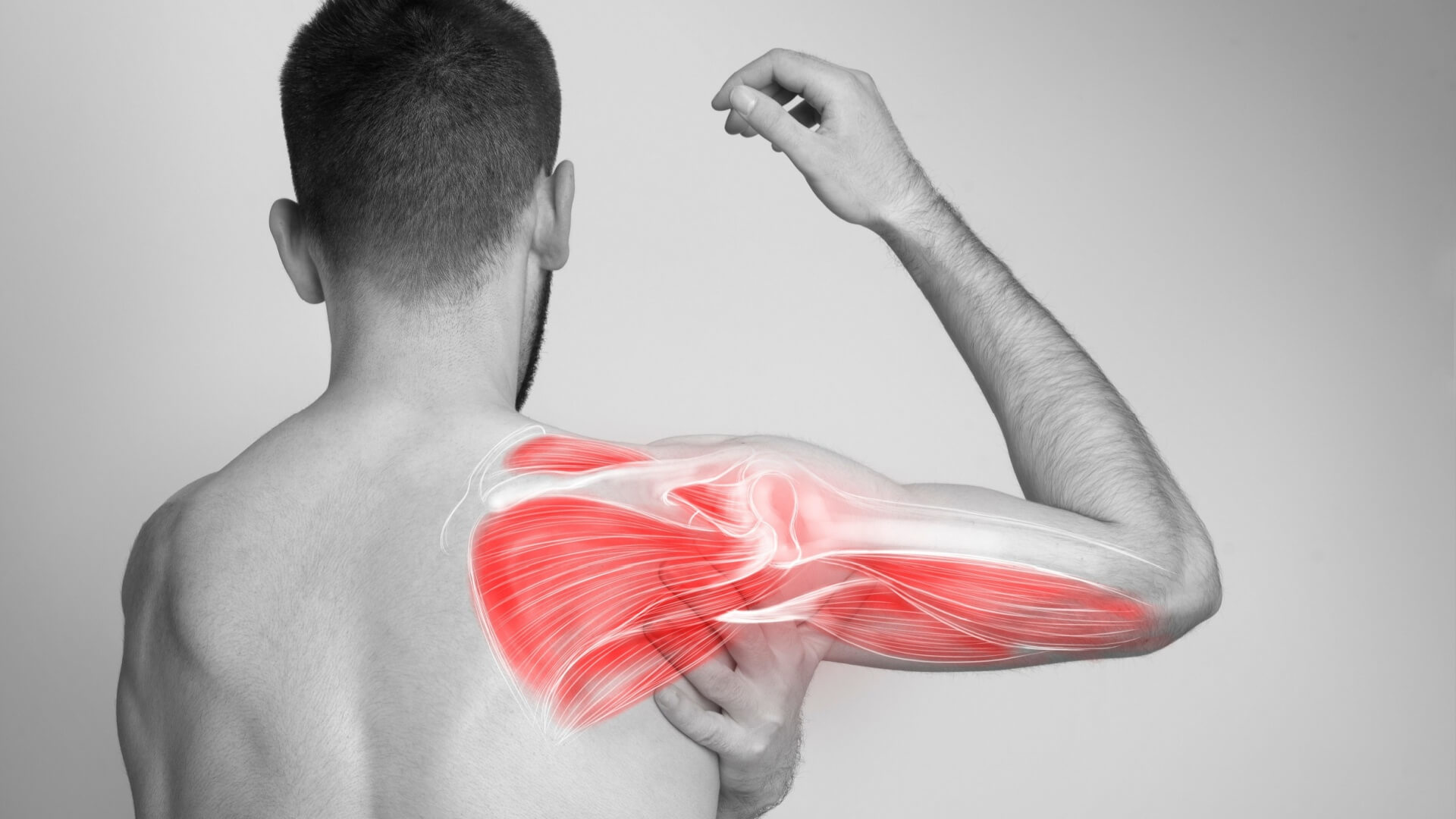April 24, 2025
FAQs About Muscles and Bones in Your Body
Muscles and bones make up the parts of the body that our therapeutic products commonly target. They are some of the densest parts of the body, and in the case of muscle, they’re the closest to the surface. They also form our shapes, which means if any part were to bend the wrong way, our muscles and bones would break and suffer before even some of our internal organs.
When our muscles and bones are so important and yet so much more vulnerable than other parts of our body, we should all learn a bit more about them. If you have suffered a muscle or bone injury, Gladiator Therapeutics may have a therapeutic device that can significantly improve your healing process.
1. What percentage of body weight is skeletal muscle?
If you’ve ever wondered how much of your body is muscle, you’re not alone! In healthy young adults, skeletal muscle typically makes up about 40% of total body weight. But this number isn’t the same for everyone.
Men and women differ significantly in their muscle composition. Due to hormonal differences, particularly in testosterone levels, men have, on average, about 61% more muscle mass than women.
2. Do our muscle percentages significantly change throughout our lives?
Our muscle percentage also changes throughout our lives. Babies have relatively little muscle mass compared to their body weight. This percentage increases during childhood and adolescence, peaks in early adulthood, and then gradually declines as we age, especially if we don’t stay physically active.
Athletes in strength sports often exceed the average. Elite bodybuilders or weightlifters may have muscle percentages exceeding 50% of their total body weight. On the flip side, people with severe muscle loss (sarcopenia) might have percentages well below 30%.
3. Why do muscles get sore after exercise?
We’ve all experienced that achy feeling a day or two after a tough workout. This is delayed onset muscle soreness (DOMS), and it typically develops 12-24 hours after unaccustomed or particularly intense exercise, peaks at 24-72 hours, and then gradually fades away.
DOMS happens primarily because of microscopic damage to muscle fibers during exercise. This damage is especially common during eccentric contractions — when your muscles lengthen while under tension, such as when lowering a weight or running downhill. Your body responds to this damage with inflammation as it works to repair the tissues.
Several factors create that sore feeling:
- Swelling from inflammation puts pressure on pain receptors
- Damaged cells release chemicals that activate pain nerves
- Pain receptors become more sensitive due to prostaglandin release
- Temporary changes in how your muscle cell membranes function
Here’s something fascinating — DOMS typically becomes less severe when you repeat the same type of exercise. This “repeated bout effect” happens even when your initial workout causes minimal muscle damage, suggesting your body adapts in multiple ways beyond just strengthening the muscles.
4. Can you change your muscle fiber type with training?
Training can shift fibers along a continuum, particularly between Type IIa and Type IIx fast-twitch fibers. When you engage in endurance training, your fast-twitch fibers can develop a better oxidative capacity, making them more resistant to fatigue and shifting them toward Type IIa characteristics. If you stop training, these Type IIa fibers tend to revert toward Type IIx properties.
While completely changing fast-twitch to slow-twitch (or vice versa) appears limited, the functional properties of your fibers can change substantially. For example, endurance training increases the density of mitochondria (the power plants within your cells), enhances oxidative enzymes, and improves blood supply to all fiber types, thereby boosting their aerobic capacity.
Support Muscle and Bone Recovery with Gladiator Therapeutics
Throughout this exploration of how muscles function in the skeletal system, we’ve seen that the relationship between muscles and bones represents one of the most remarkable partnerships in human physiology. From the microscopic dance of actin and myosin filaments to the coordinated action of entire muscle groups, this system demonstrates incredible complexity and adaptability.
If you’re recovering from a painful muscle or bone injury, our innovative devices at Gladiator Therapeutics may be able to help. Contact us today for more information.

